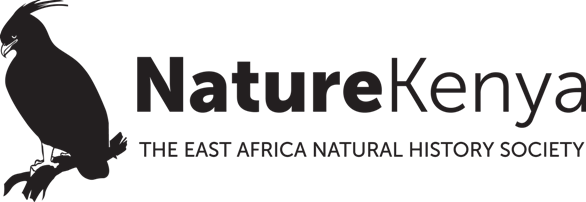By John Mwacharo
In Kenya, a country blessed with many natural wonders, wetlands play a crucial role in supporting biodiversity, sustaining livelihoods, and providing vital ecosystem services like filtering and storing water, controlling floods and erosion, sequestering carbon and supporting fisheries, among others. World Wetlands Day, celebrated on February 2nd each year, provides an opportunity to raise awareness about the importance of wetlands for our planet's health – and ours.
Wetlands are places where land and water meet and support characteristic biodiversity. They are important economically, ecologically and socially, yet Kenya's wetlands face numerous threats. These include unsustainable exploitation of wetland resources, encroachment and conversion, habitat destruction and climate change. Most of our wetlands are not under any form of state protection. Others are seasonal, like the wetlands in Dakatcha Woodland, and lie on private land.
The conversion and degradation of wetlands endanger biodiversity, disrupt essential ecosystem services, and pose risks to the livelihoods of local communities. Over the years, Nature Kenya has worked closely with various stakeholders to conserve some of the country's wetlands.
Tana River Delta
The Tana River Delta is Kenya’s largest delta. It is a designated Key Biodiversity Area (KBA), a Ramsar site as a wetland of international importance, a Global Biodiversity Hotspot and a proposed World Heritage Site. The Delta supports immense biodiversity of global significance. Over 250,000 people practising crop farming, livestock rearing and fishing depend on it for their livelihoods due to its varied, extensive and productive habitats. Tana River Delta, however, faces many threats, including over-exploitation of natural resources, poor land use practices, unregulated human settlement and unsustainable large-scale agricultural development.
Over the years, Nature Kenya has worked with local communities and other partners to conserve the Delta. In 2011, Nature Kenya led a collaborative effort by various stakeholders in the development of a Tana River Delta Land Use Plan (LUP) that was guided by a Strategic Environmental Assessment (SEA). The process was concluded in 2015. The Land Use Plan has since been approved and adopted as a policy by the Lamu County government and is currently under implementation. Nature Kenya is also promoting the Indigenous and Community Conservation Areas (ICCAs) approach. Community Conservation Areas are biodiversity-rich sites partially or largely managed by local communities.
Yala Swamp
Yala Swamp is the largest inland freshwater wetland complex in the country, sheltering a great variety of birds, fish and mammals, including some threatened ones, and thus a KBA. Yala Swamp provides useful environmental services like filtering out harmful pollutants from water flowing into Lake Victoria. The swamp is also a source of livelihood for many communities.
Nature Kenya is working to reduce pressure on the swamp for natural resources by supporting community nature-based enterprises like climate-smart agriculture, fish farming, beekeeping and papyrus weaving. Nature Kenya is also working with like-minded organizations in advocating against the controversial allocation of half of Yala Swamp for sugarcane growing by the National Land Commission (NLC); and to push for the sustainable use of the swamp's resources to benefit local communities and biodiversity.
Sabaki River Mouth
The Sabaki River Mouth, where the Athi-Galana-Sabaki River meets the Indian Ocean, is a vital link between freshwater and marine ecosystems. It provides a critical habitat for migratory birds and supports a diverse range of marine life. The mangroves along the river mouth act as a nursery for juvenile fish, ensuring the sustainability of fisheries in the region. Despite its invaluable ecological and economic importance, Sabaki River Mouth KBA faces many threats, including sand harvesting, fishing with illegal gear, illegal mangrove pole harvesting, discharge of solid waste and effluent, encroachment and land grabbing.
Nature Kenya and other stakeholders are undertaking several conservation actions to safeguard the estuary. These include supporting the development of the River Sabaki Estuary Management Plan 2022-2032, led by the National Environment Management Authority (NEMA) in collaboration with the Kilifi County Government and other stakeholders.
Nationwide, Nature Kenya is working with 11 site support groups (SSGs) in 11 KBAs to promote wetland conservation through site restoration, monitoring, advocacy, awareness creation and environmental education activities.
